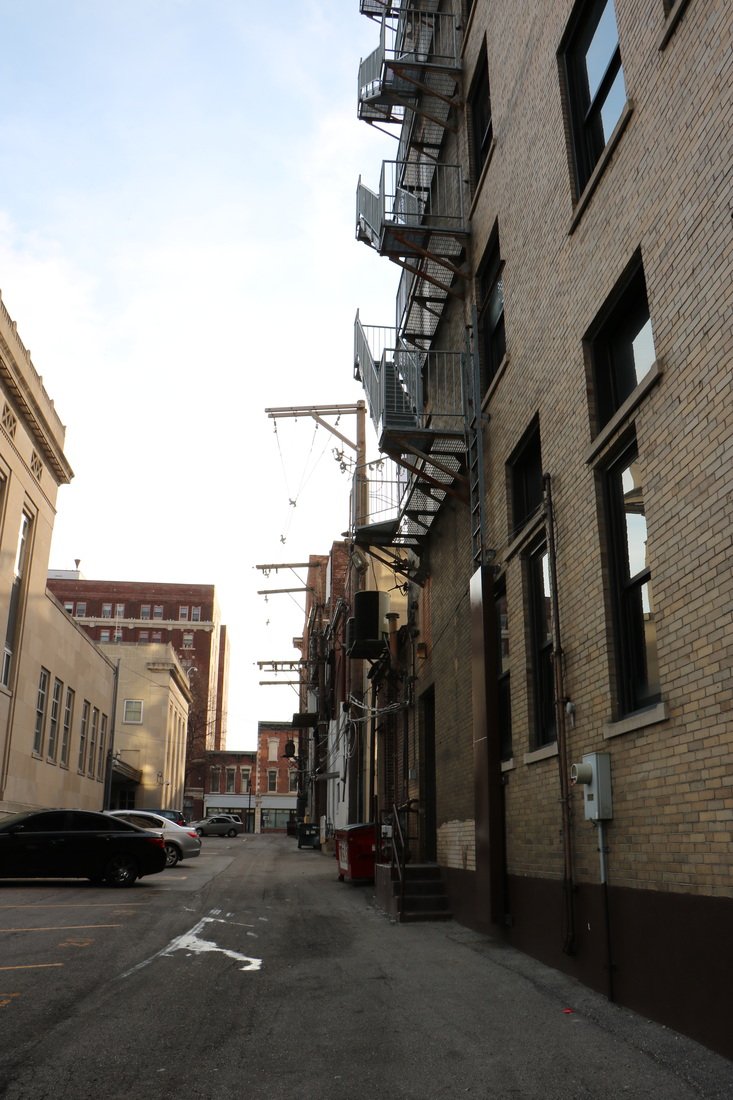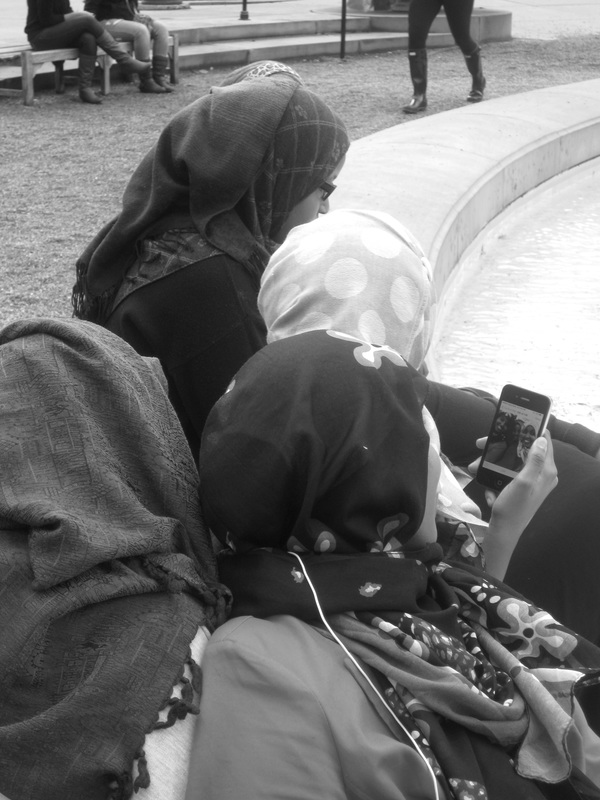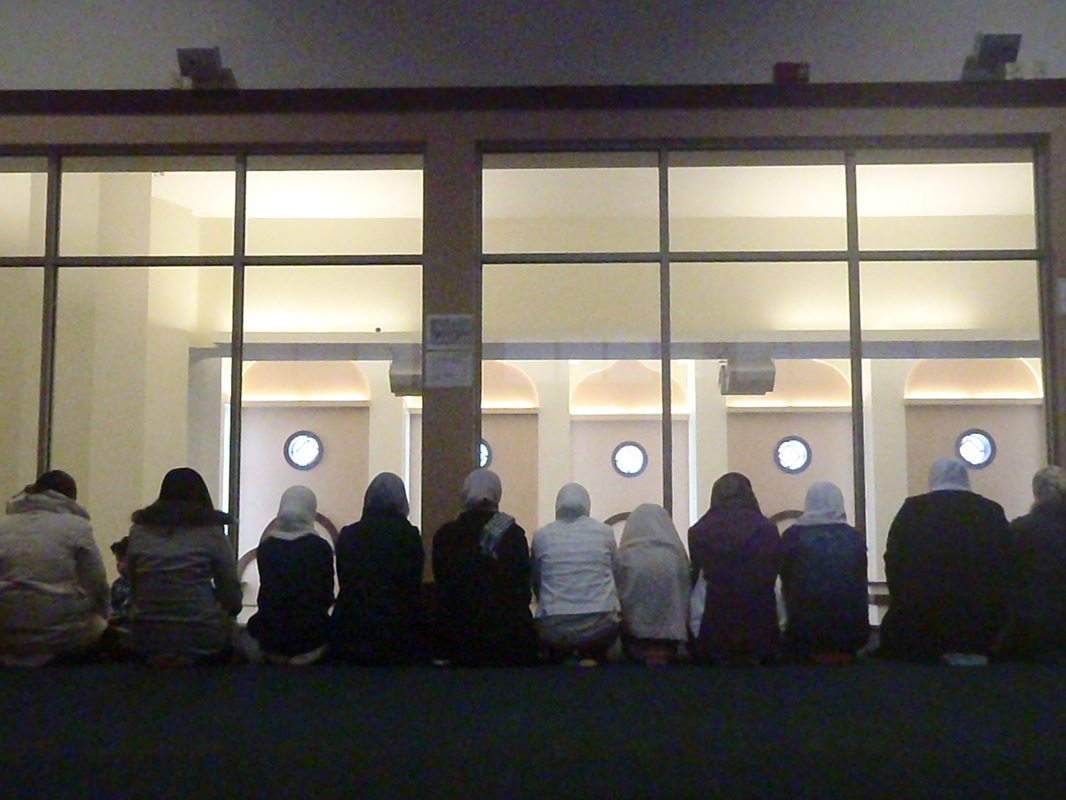|
My uncle Tom teaches a class, Face of the Land, at Rochester Institute of Technology. He was kind enough to share his course materials so that I could more or less follow along. This course "explores how the land around us has been shaped and reshaped through a variety of geological forces and historical developments" including our evolving relationship with the land due to changes in technology and society. My personal interest in the topographic postcard is, I have come to find, an interest in a personal relationship with one's landscape and the relationship between place, home, and identity. It recently occurred to me that I have been consistently preoccupied with personal identification with place and the process of community building, particularly in how it relates to self-identification of home. Finding homeIn my undergraduate studio work, I focused my work on home and my relationship with the places I occupied. This manifested itself in painting plein air in oil and in watercolor. The methodical return to the same handful of places on and around the university campus as well as the places around my hometown where we would often go walking (Sheldon's Marsh, Old Woman's Creek, Norwalk Reservoir) to paint was an act of meditation and grounding for me. These paintings are hung around the walls of my home, and despite a distance of several hundred miles away, those places continue to seep into our daily life. In 2009, I wrote about relationships in artmaking: "This type of understanding is what I believe Cezanne (1839-1906, French) was seeing when he observed – one relationship around which a painting is created[i]. He found that by focusing one’s vision on a single, central point, all else is seen in relation to it. The rings of the concentric effect, found particularly in his later paintings [1], were all a result of this type of observation. I came to see home in this light – the primary relationship for understanding the self and the world; leaving enough ambiguity to include place, people, and the divine. " Home. Primary relationships. I see this interest also connected to my work with diaspora communities. Among, for example, first generation Somalis living in Columbus, there is a group of young people who are figuring out where to call home. More precisely, members of this group have spent the majority of their lives living in one place while simultaneously identifying with another. One element of my research includes drawing connections between the multiple experiences of young people living in diaspora into creative forms of writing, such as poems which use direct words and phrases from interview transcripts. I Am, for example, brings together the stories of 14 women into a single poem and expresses how young Somali women describe themselves and their experiences as individuals and collectively as a group.
I think it is in the presentation of multiple stories, images, and accounts of a single place, a single experience, that our understanding of ourselves, our relationship to the places we occupy, and the people we find ourselves surrounded by can improve. Home. Community. So what does this all have to do with topographic postcards? I think my urge to do something with my grandma's postcards presents an opportunity for me to connect more with the landscape in which I find myself living currently. How have I made and am making Lafayette my home?
How can I study this connection through a historical lens? (Something I want to do, but am finding is not my forte as I peter out at each attempt). Uncle Tom's syllabus offers an opportunity to do this in a way that I am more comfortable with - exploring the land around me with a camera and paying particular attention to the time-based landscape overlays (a report to come). How can I study this connection through an aesthetic lens? Through personal artmaking, something I have not spent much time on since moving to Lafayette. I connect most when I can sit down and paint plein air. I confess it is difficult to do (attention and time) with kids, but, as my husband pointed out, "have you painted the backyard?" Not really. So I sat down last week during naptime and painted for an hour looking out the window. How can I study this connection through community arts? In a previous post, I talked about feeling disconnected to Lafayette until recently, having to do with not engaging in the community using my particular skills and interests. However, working on the "Getting to Know Our Muslim Neighbors" initiative (interviews and photography sessions are getting started this week) with Marc and the Super Saturday Fajr Group, I feel myself making a commitment to greater Lafayette and the people living here. These different approaches to examining the relationship between place, home, and identity point to some important elements:
Postcards are a medium I keep returning to for their size, their normalcy, and their place in my growing up. Postcards reinforce community through coded communication and sharing of memories and place. I am going to create a series of topographic postcards of my homes, for sale in the near future. But I want this project to mean something more than my own musings about home and memories of my grandma and growing up. That is why I am still interested in people sending me postcards of their homes. So, please, buy or make postcards of your home and mail them to me.
1 Comment
|
Ruth M. SmithCommunity arts educator and researcher. Drinking coffee. Home educating. Making art. Listening intentionally. Categories
All
Archives
February 2022
|



 RSS Feed
RSS Feed
